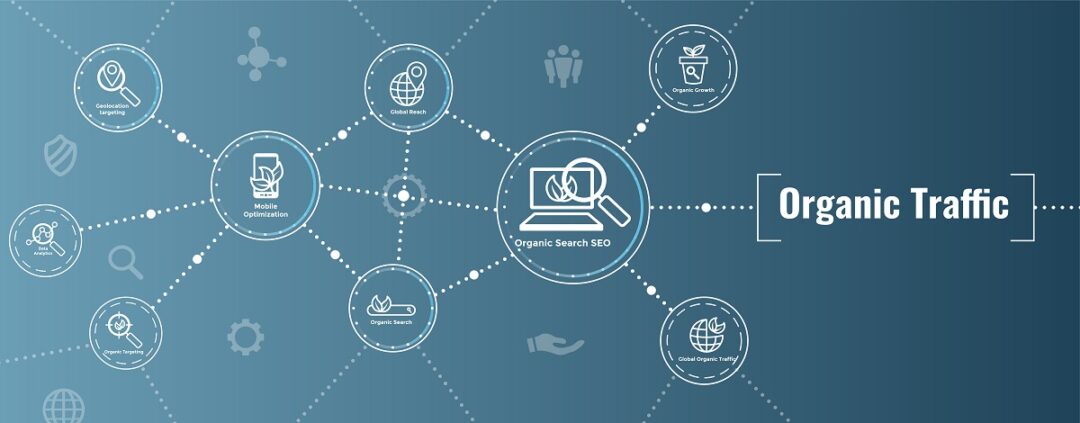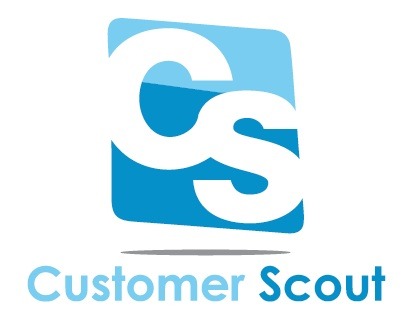
Images are an excellent way to add value to your content and attract visitors. Not all searches on the web are seeking text to read. Some want to find images or graphics. The reason for these searches varies, but they are a large percentage of the searches performed on Google. Customer Scout can help you optimize your image SEO to help more people see your content.
Understanding Image SEO
Image SEO makes it easier for Google to find and rank your images. This helps Google understand the content of your images and how they relate to the intent of the searcher. This helps make sure that all of your content, including your images, helps boost your page rank and build your presence on the web.
Why Images Are Important
Images are an important part of your content because they are often one of the first things to grab the attention of the reader. Sometimes, an image will be the reason why a person clicks through to your website and decides to consider reading an article. Colorful images and graphics draw the eye and add a sensory element that plain text cannot do. An image adds a personal element to the content that can help form a connection with the reader or help them to understand it better.
How to Optimize Your Images
The purpose of optimizing your images is to make it easier for Google to know the subject of the picture. Google only sees that you have included an image but does not have the ability to completely understand what it is about. That is where you need to use SEO to optimize your images and make the subject clear. Here are a few things you can do to optimize your images for Google.
1. Use Descriptive Image File Names
The file name gives Google clues about the content of the image. It does not know what the reader will find in IMG00024578.jpg, but it does know what it will find in my_new_black_puppy.jpg.
2. Use SEO-Friendly Alt Text
When a person hovers over the image, the text that they see should describe the picture and incorporate keywords. You can include the alt attribute in the img src HTML tag, or you can fill it in if you are using a program like WordPress or WIX. Many people make the mistake of skipping filling in this information, and that means they are not getting the most from their images to boost page rank.
3. Add a Caption
It is always a good SEO practice to fill in captions. Every time you have a chance to get your keywords in front of the search engine, it will help boost your efforts. The caption should include keywords and be relevant to the content of the photo.
4. Create a Description
The purpose of filling out the description box when uploading an image is another step many people tend to skip, but you should fill it out for several reasons. This description is used by assistive devices for those who are blind. It is also one more way in which Google learns about the content of your image, which means one more opportunity to present your keywords.
5. Define Your Dimensions
If your theme does not already resize images for you, then you need to make sure they are sized appropriately for the blog. If you have a responsive website, the browser will resize them for you. One of the problems with loading full-size images is that it takes a longer time for them to load. This can slow your page load speed, which is one factor Google uses to determine search page rank. If your images are loading slowly, you increase your chances that your reader will quickly go on to another site.
Images enhance your SEO and the organic traffic to your site. They are underutilized by many marketers and can help you get ahead of your competition. Contact Customer Scout if you would like to see how optimizing your images can help increase your page rank.
